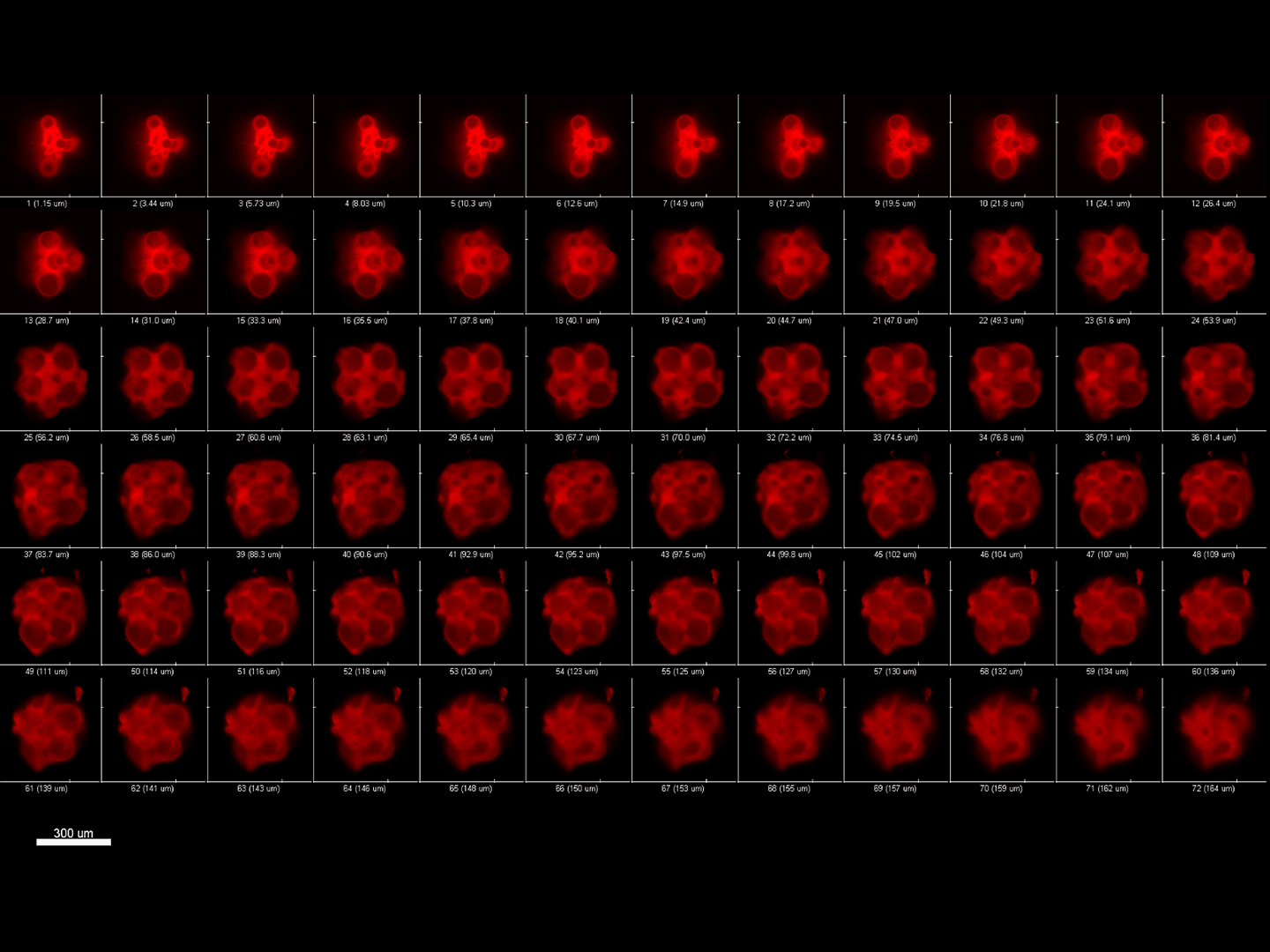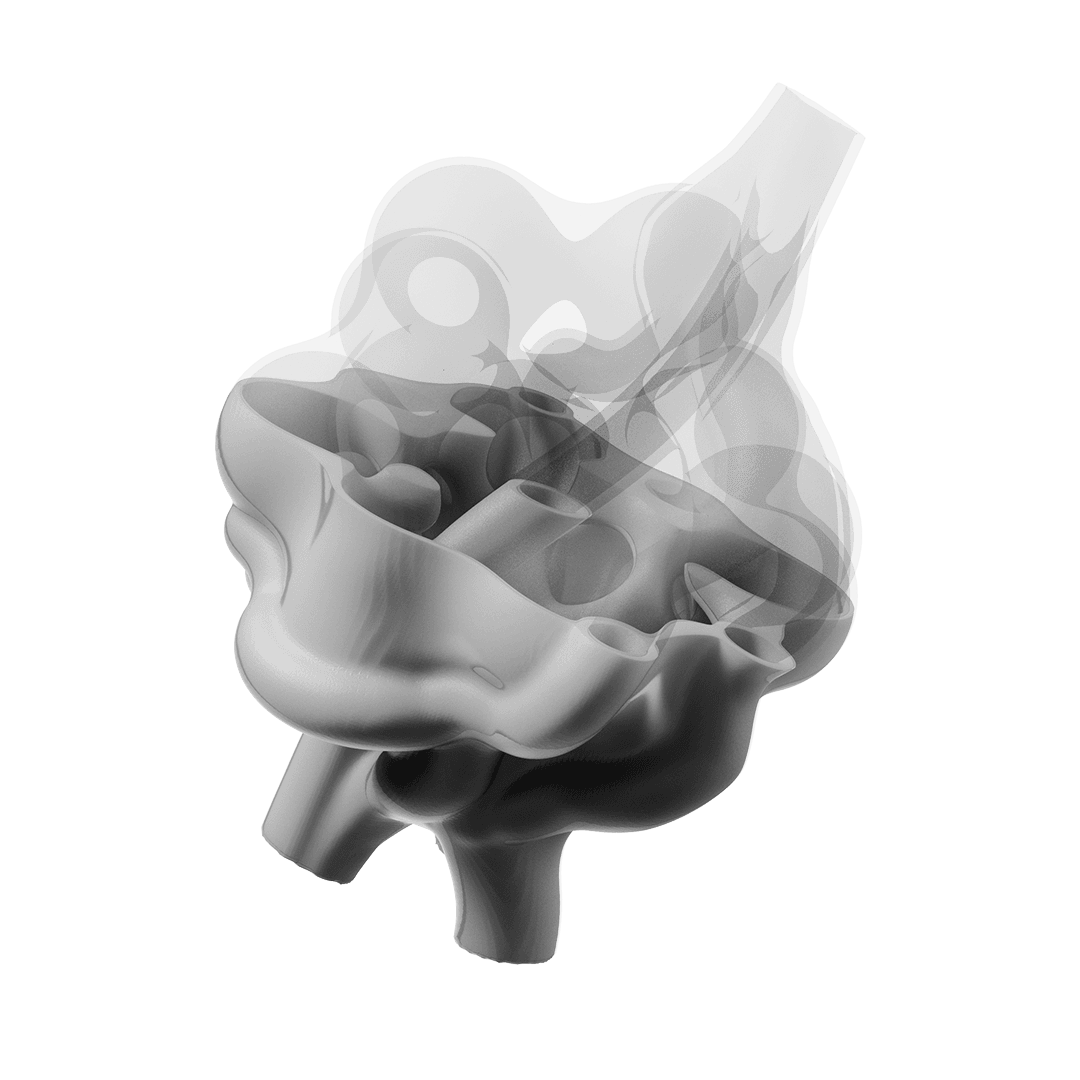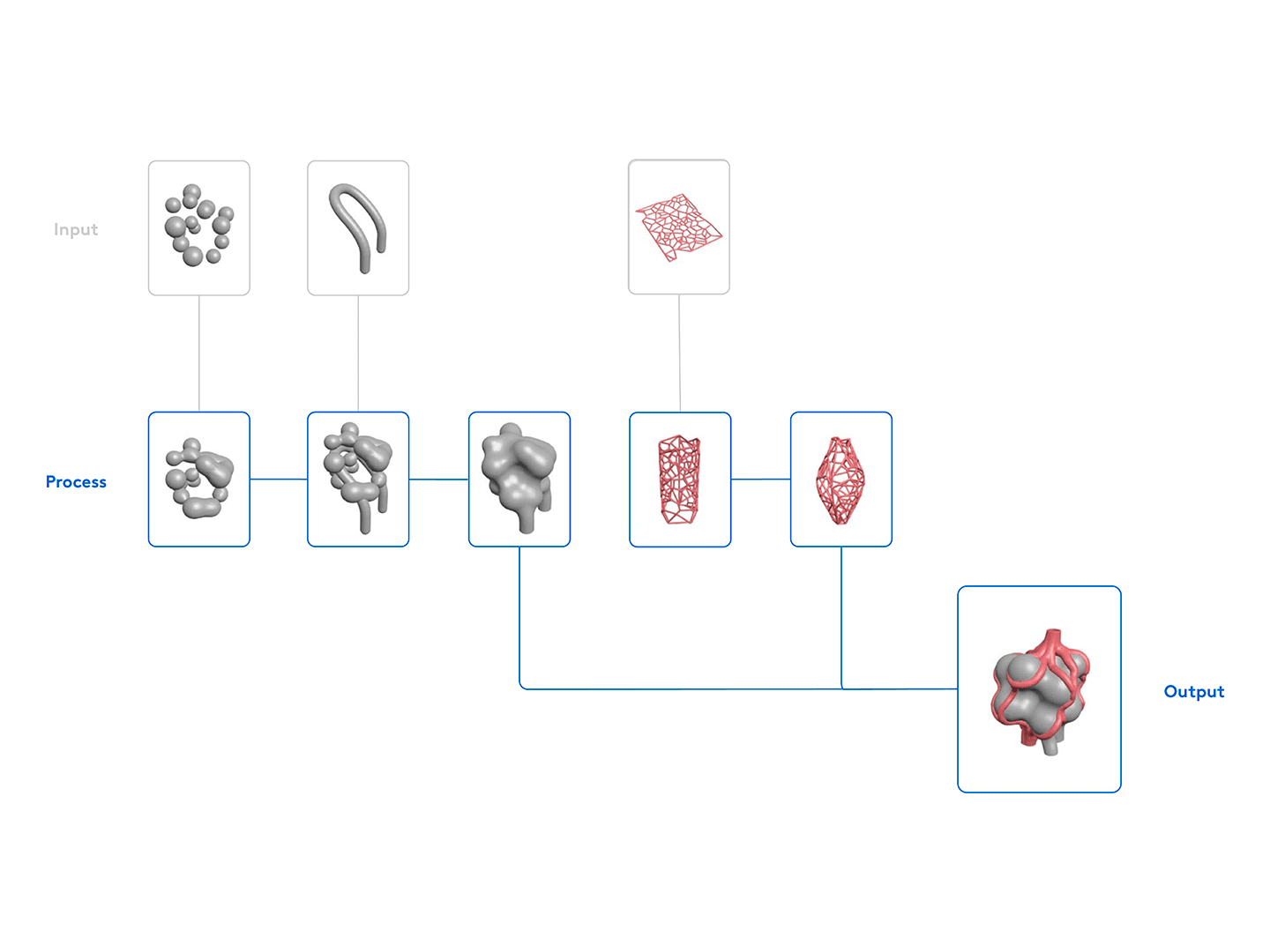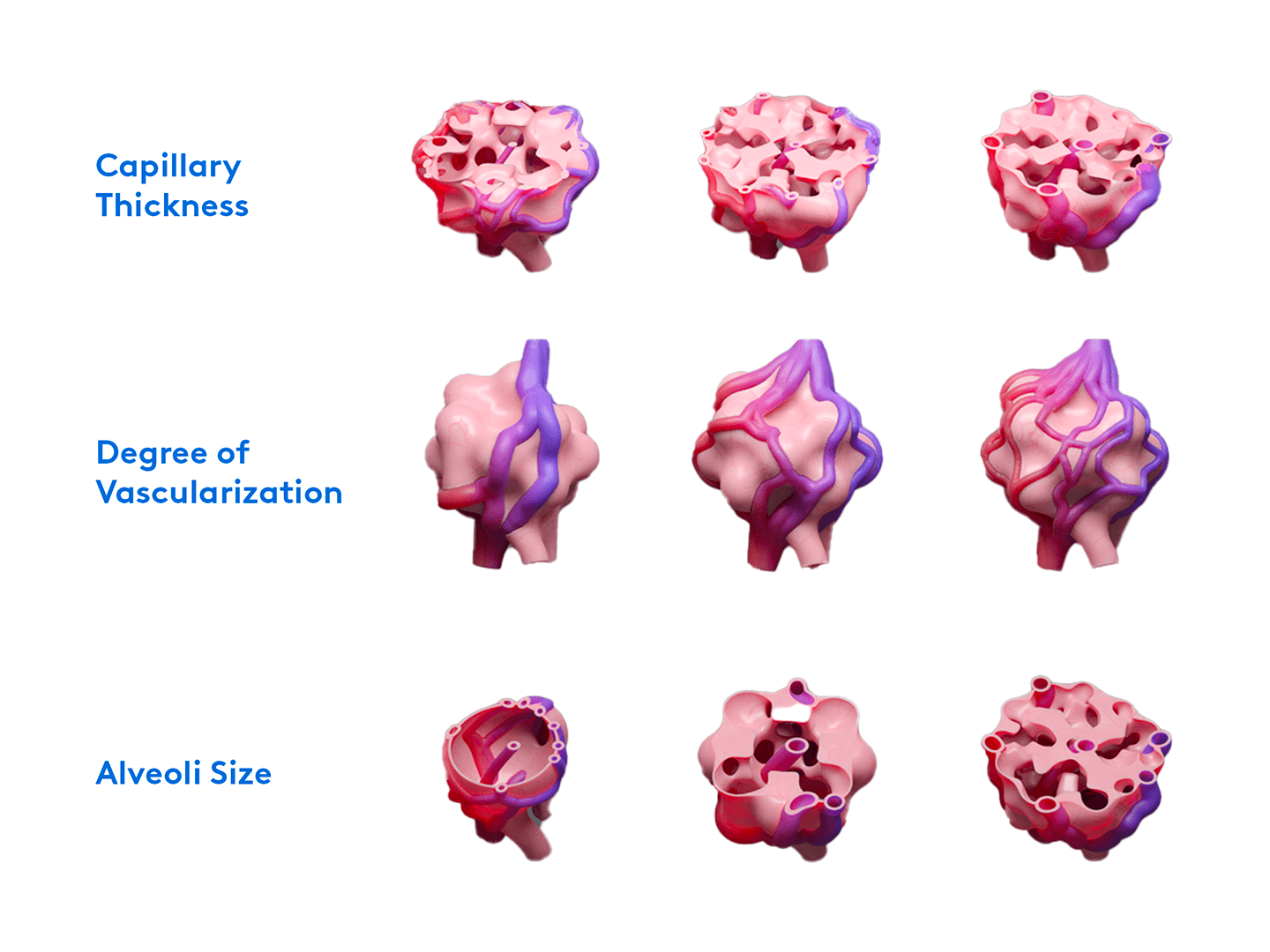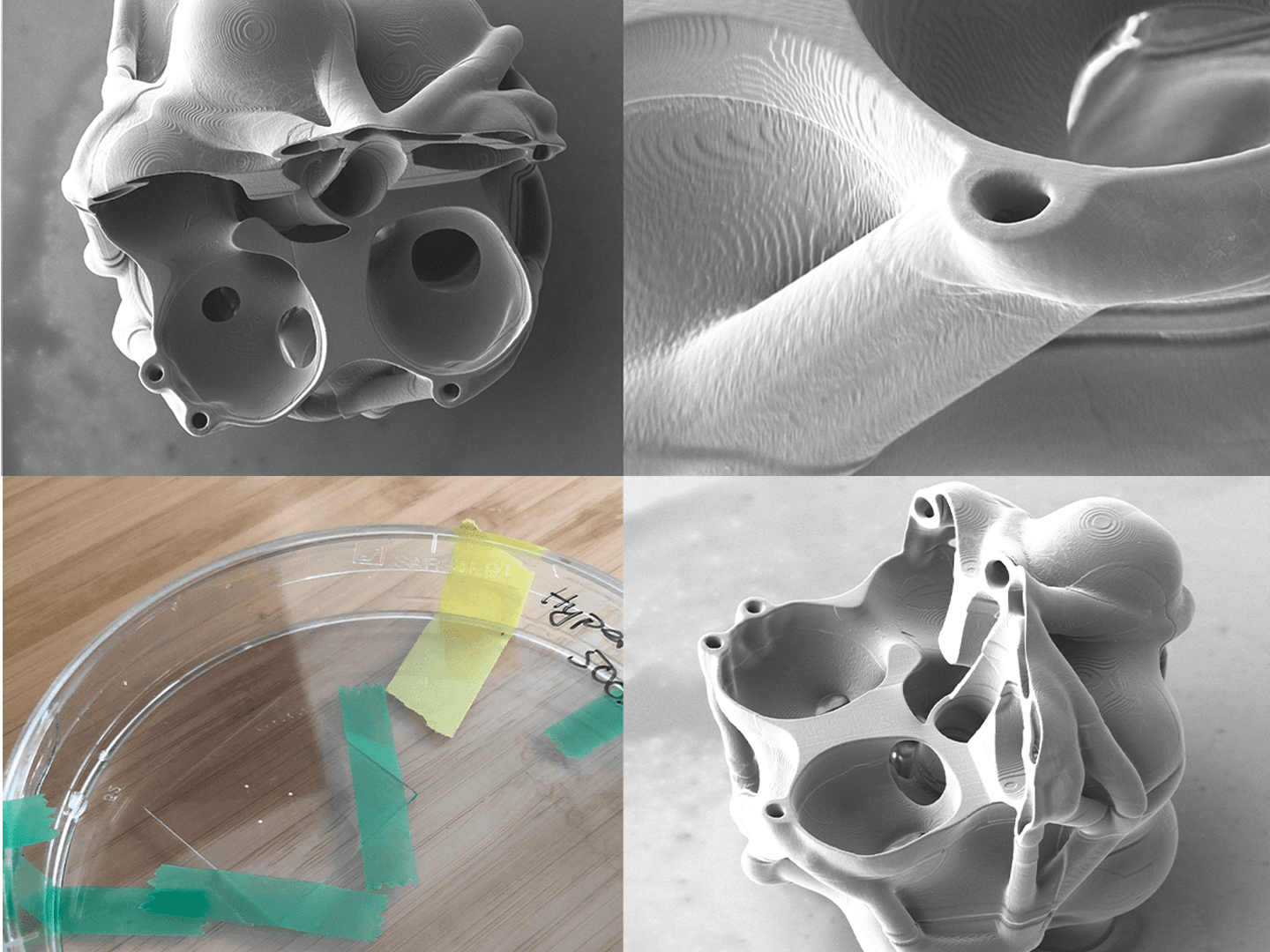The Challenge
In the face of escalating demands for precise, customizable healthcare solutions, our partnership aimed to transcend traditional bioprinting limitations. The endeavor focused on crafting alveoli models that mirror human lung tissues, challenging due to the complex interplay of vascular systems and extracellular matrices. This project sought not only to enhance drug testing accuracy but also to pave the way for creating organs tailored to individual immune systems.
